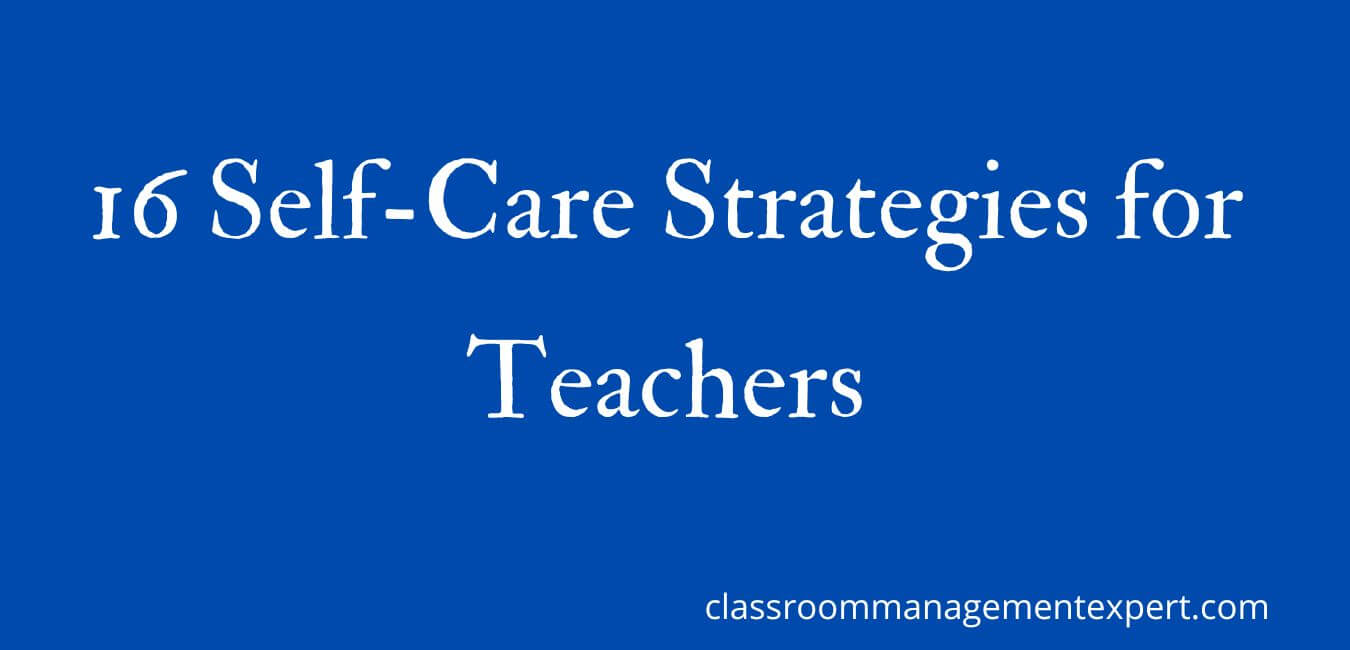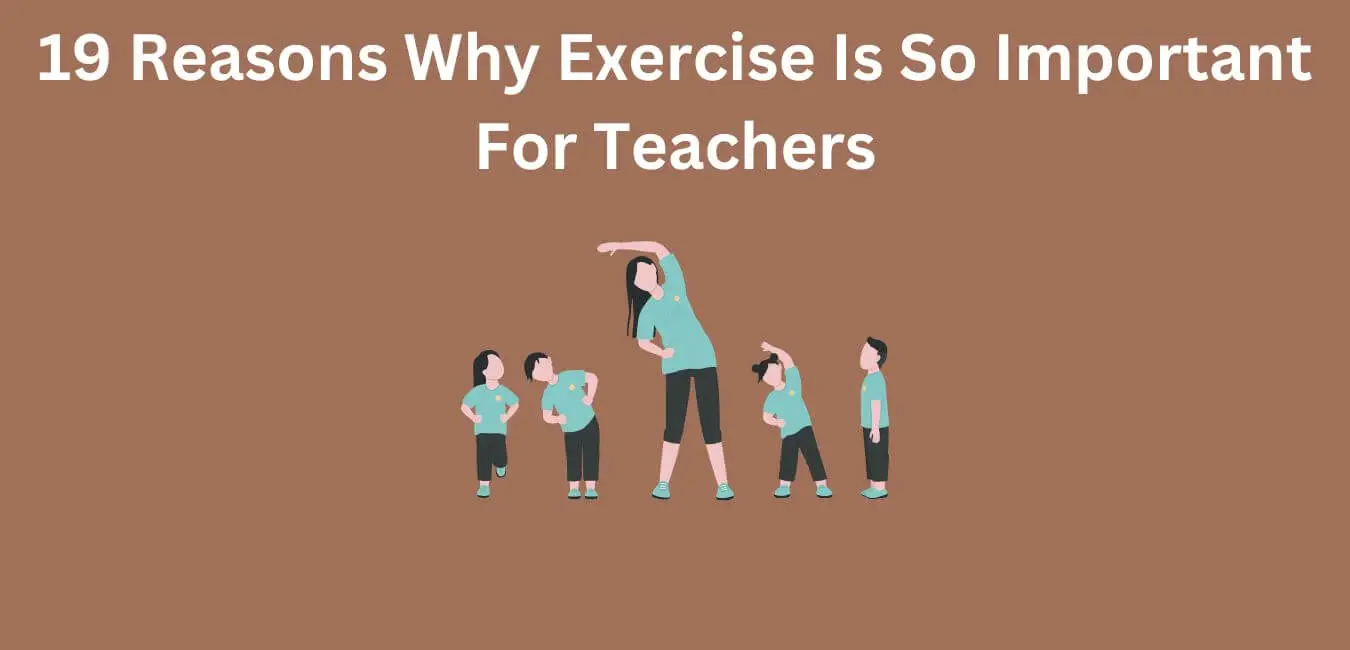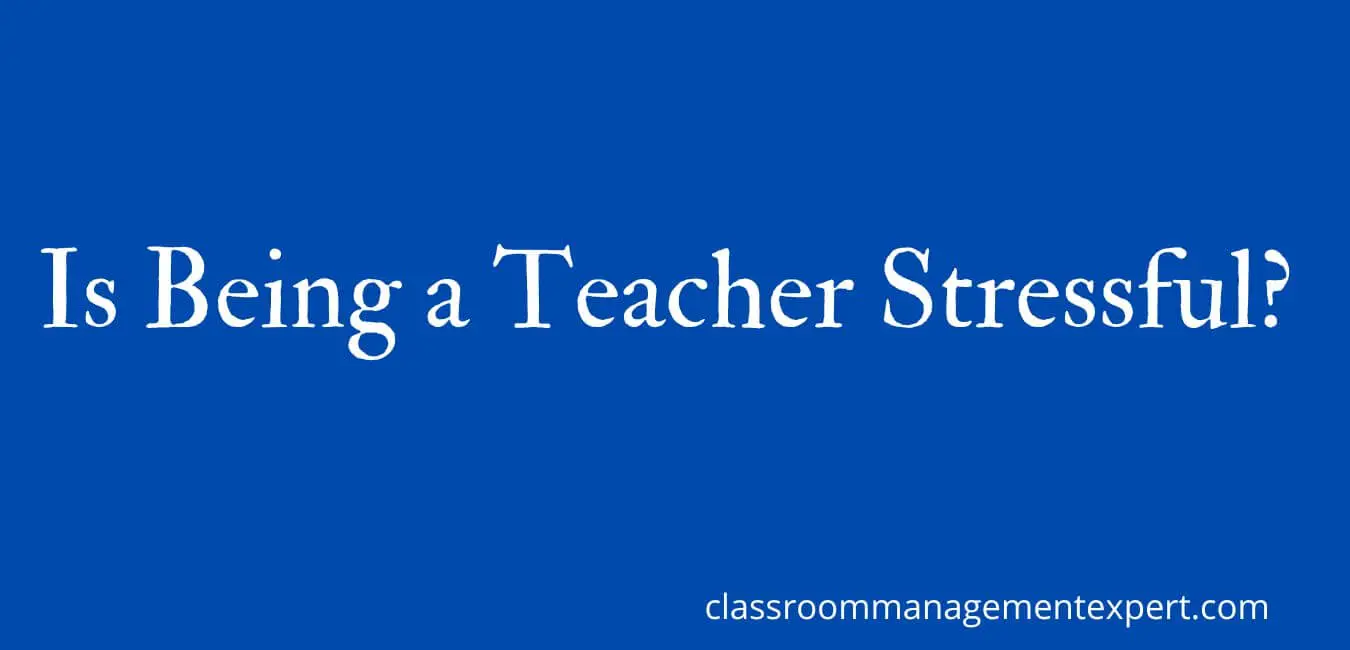Remembering to take care of yourself is crucial as a teacher. Try practicing mindful breathing and daily affirmations to boost your confidence with positive statements.
Managing stress can be easier with breathing exercises and mindfulness techniques. Don’t forget to set healthy boundaries and recognize your limits.
Building a support network with colleagues can also help you navigate challenges more effectively. Improving time management skills will enhance your productivity in and out of the classroom.
Using tools for emotional regulation and well-being is essential for maintaining a positive mindset. Engaging in physical activity can help you stay focused and energized throughout the day.
Remember to recharge with rest and relaxation techniques to avoid burnout. Seeking opportunities for professional development can lead to personal growth and enhance your teaching skills.
Improving communication and cultivating positive thinking habits will create a more positive work environment. Finding a balance between work and personal life is crucial, so consider accessing counseling and support services when needed.
By following these tips, you can enhance your well-being and create a more fulfilling classroom experience.
Mental Health Tips For Teachers
As a teacher, I prioritize self-care practices like dedicating time to relaxation and hobbies.
Stress management techniques such as engaging in deep breathing exercises help me stay grounded during challenging moments.
Embracing mindfulness exercises and setting and maintaining important boundaries are vital for my mental well-being in the classroom.
Self-Care Practices
To enhance your well-being as a teacher, it’s crucial to establish consistent self-care routines. Here are some practices to prioritize your mental health:
- Mindful Breathing: Take moments throughout your day to focus on deep, intentional breaths. This simple practice can help center your mind and alleviate stress.
- Engaging in Creative Hobbies: Exploring activities like painting, crafting, or playing a musical instrument can be a rewarding way to unwind and express yourself creatively.
- Starting with Daily Affirmations: Begin each day with positive statements to boost your confidence and set a positive tone for the hours ahead.
Stress Management Techniques
To effectively manage the stress that teaching brings, I focus on practical techniques to support my mental well-being. Incorporating breathing exercises into my daily routine helps me stay centered during busy times.
Mindfulness techniques, like staying present without judgment, keep me grounded and reduce anxiety. For relaxation, I use methods such as progressive muscle relaxation and taking short breaks to refresh my mind.
Coping strategies like journaling my thoughts and seeking support from colleagues help me handle tough situations. Consistently practicing these stress management techniques allows me to take better care of myself and be more present and supportive for my students.
Mindfulness Exercises
Incorporating mindfulness exercises into my daily routine has played a crucial role in preserving my mental well-being as a teacher. These practices have been key in helping me stay grounded and fully present throughout the day, allowing me to support my students and colleagues more effectively.
Here are some impactful mindfulness exercises that have made a significant difference for me:
- Breathing exercises: Engaging in deep, intentional breaths to center myself during moments of stress or overwhelm.
- Body scan: Mindfully scanning through my body from head to toe, releasing any tension and promoting a sense of relaxation.
- Guided visualization: Visualizing serene scenes or positive scenarios to calm the mind and nurture a sense of positivity.
By incorporating these mindfulness exercises into my routine, I’ve been able to cultivate a greater sense of balance and clarity, enhancing my overall well-being as an educator.
Let’s explore the power of mindfulness and its transformative impact on our daily lives.
Healthy Boundaries Setting
After integrating mindfulness exercises into my daily routine, establishing healthy boundaries has become a crucial aspect of preserving my mental well-being as a teacher. Recognizing my personal limits and setting boundaries effectively is crucial in preventing burnout and ensuring I can continue to support my students effectively.
Boundaries help me strike a balance between work and personal life, allowing me to prioritize self-care and relaxation. To uphold these boundaries, I focus on respectful communication with colleagues, students, and parents, clearly outlining my availability and boundaries.
Regularly reviewing and adjusting these boundaries is essential to their sustainability, adapting them to meet changing needs while safeguarding my mental health in the demanding role of an educator.
Social Support Systems
Establishing a robust social support system is crucial for maintaining your mental well-being as a teacher. Connecting with your peers can provide a safe space to share experiences, seek advice, and offer encouragement.
Utilizing local mental health services or educational resources can offer additional support tailored to your needs. Participating in group therapy sessions can help foster a sense of community, understanding, and shared growth among educators.
Time Management Strategies
Time management is crucial for my well-being as a teacher. Prioritizing tasks helps me focus on what’s important and ensures I complete essential activities first. Planning my day with a schedule allows me to allocate time effectively for different responsibilities.
I find time blocking useful for dedicating specific time slots to tasks, which boosts my productivity. Avoiding procrastination is key; I tackle tasks promptly to avoid feeling overwhelmed. Streamlining workflows also saves me time and reduces stress.
These strategies help me create a balanced routine that maximizes productivity and minimizes stress, supporting my mental health while navigating the demands of teaching.
Emotional Regulation Tools
Utilizing emotional regulation tools plays a vital role in maintaining my well-being as a teacher. To ensure I can effectively support my students, I prioritize practices that help me stay emotionally balanced. One effective method is engaging in breathing exercises. Taking a moment to focus on deep, intentional breaths can help calm my mind and regulate my emotions, especially during challenging moments.
Another helpful tool is mood journaling. Keeping a journal where I reflect on my daily emotions and experiences allows me to identify patterns, triggers, and effective coping strategies. It’s like unraveling a puzzle, piece by piece, to better understand myself and my reactions.
Additionally, sensory grounding is a powerful technique. By delving into my senses and focusing on the present moment through touch, sight, sound, taste, or smell, I can reconnect with my surroundings and effectively manage overwhelming feelings. Picture this: immersing yourself in the sensations of the moment can bring a sense of calm and clarity.
Physical Activity Benefits
Engaging in regular physical activity significantly boosts my mental well-being as a teacher, enhancing my ability to manage the demands of the profession with clarity and resilience.
Through exercise, I enjoy improved focus, higher energy levels, stress reduction, mood elevation, and various physical health benefits. This leads to increased productivity in the classroom and better interactions with students.
Physical activity not only strengthens my body but also sharpens my mind, enabling me to approach challenges with a positive outlook and a calmer demeanor.
Whether it’s a brisk walk, a yoga session, or a workout routine, prioritizing physical activity is crucial for maintaining my overall well-being as a teacher dedicated to serving others.
Rest and Relaxation
Regular physical activity has played a crucial role in boosting my mental well-being as a teacher; now, let’s uncover the significance of rest and relaxation in maintaining a healthy mindset. When it comes to nurturing our mental health, making time for rest and relaxation is essential. Here are some strategies that have assisted me in finding inner peace amidst the challenges of teaching:
- Engaging in mindful breathing exercises to soothe the mind and body.
- Indulging in a spa day to relax and recharge.
- Taking serene nature walks to connect with the surroundings and clear my mind.
Incorporating these practices, alongside activities like meditation retreats and a consistent yoga routine, can greatly enhance our overall well-being as educators.
Professional Development Opportunities
Engaging in professional development opportunities has played a crucial role in honing my skills and enhancing my well-being as a teacher. Participating in workshops, conferences, and training sessions not only helps me stay current with the latest teaching techniques but also fosters skill enhancement. These experiences offer chances for networking, career growth, and collaboration with fellow educators.
Embracing professional development not only benefits me but also enriches my students’ learning environment. It allows me to share knowledge, gather new teaching ideas, and create a more dynamic classroom atmosphere.
Positive Thinking Habits
Developing a habit of positive thinking has played a crucial role in maintaining my mental well-being as a teacher. Incorporating positive affirmations, gratitude journaling, visualization exercises, cognitive reframing, and mindful breathing into my daily routine has led to a noticeable improvement in my overall mindset.
Starting the day with positive affirmations sets a constructive tone for my day. Reflecting on things I appreciate through gratitude journaling fosters a sense of contentment and gratitude. Visualizing successful outcomes helps boost my confidence and reduce feelings of anxiety.
These practices enhance my mental resilience and enable me to approach challenges with a more optimistic and clear mindset.
Communication Skills Improvement
Improving my communication skills has been crucial for maintaining my mental well-being as a teacher. Actively listening helps me truly grasp my students’ needs and concerns, creating a supportive atmosphere.
Employing conflict resolution techniques allows me to address issues promptly, preventing them from escalating and reducing stress levels. Being mindful of my body language ensures that my non-verbal signals align with my words, enhancing clarity and trust in my interactions.
Practicing assertive communication empowers me to express my thoughts and boundaries effectively, fostering healthy relationships. Developing empathy enables me to connect with students on a deeper level, establishing mutual understanding and respect.
Enhancing these skills not only benefits my students but also positively impacts my overall mental wellness as an educator.
Seeking Counseling Services
In my journey to prioritize my mental health as a teacher, I’ve discovered the immense value of accessing counseling services. Seeking counseling has equipped me with coping strategies, therapeutic tools, and essential emotional support that have significantly improved my overall well-being.
Through counseling, I’ve directly experienced the advantages of professional mental health assistance tailored to address my specific needs and difficulties. These services haven’t only helped me navigate the challenges of teaching but have also provided me with effective tools to manage tough situations.
Investing in counseling has led to notable enhancements in my emotional resilience and general wellness, making it a crucial part of my self-care routine.
Work-Life Balance
Maintaining a healthy balance between work and personal life is crucial for teachers to safeguard their mental well-being. When juggling remote teaching and classroom management, it’s vital to set clear boundaries.
Establish specific work hours to shield personal time from work encroachment. To prevent burnout, prioritize self-care practices and seek support from colleagues or professional resources. Balancing workload is essential; consider delegating tasks and avoiding overcommitment.
Remember to schedule breaks to recharge and partake in activities that bring joy and relaxation. This equilibrium enables teachers to better support their students while nurturing their own well-being.
Creativity Expression Outlets
When managing the demands of teaching, exploring various creative outlets can offer teachers a refreshing way to express themselves and recharge mentally. Here are three effective options to consider incorporating into your routine for promoting mental well-being and self-care:
- Art Therapy: Engaging in art activities can help you process emotions and alleviate stress levels. Whether it’s painting, drawing, or sculpting, channeling your emotions through art can be a therapeutic experience.
- Journaling Practice: Writing down your thoughts and feelings can bring clarity and serve as a therapeutic outlet. Consider keeping a journal to document your daily experiences, reflections, and aspirations, allowing you to unwind and reflect on your emotions.
- Music Therapy: Listening to music or playing an instrument can help you relax and unwind after a long day of teaching. Music has a unique way of soothing the mind and soul, providing a moment of peace and rejuvenation.
Setting Realistic Goals
When it comes to managing my workload and ensuring my well-being as a teacher, I make it a priority to set realistic goals. Goal setting is key to keeping me motivated and maintaining a healthy balance by clearly outlining what matters most to me.
Regularly tracking my progress helps me stay on top of things and make any necessary adjustments along the way. I believe in setting expectations that are challenging yet achievable, using self-reflection to guide me in this process.
Creating action plans with specific timelines ensures that I stay focused and make steady strides towards my goals. This approach allows me to effectively handle my workload while also looking after myself, ultimately enabling me to be a more effective teacher and support others in a better way.
Gratitude Practices
In my daily routine as a teacher, integrating gratitude practices is essential for maintaining my mental well-being and nurturing a positive perspective.
- Gratitude Journaling: Every day, I take time to jot down things I appreciate, keeping me focused on the positives in my life and work.
- Reflecting on Thankful Moments: Pausing to acknowledge even the smallest victories throughout the day brings me a deep sense of fulfillment and happiness.
- Appreciation Activities: Engaging in actions like writing thank-you notes or expressing gratitude verbally fosters a culture of kindness and positivity in my classroom.
Practicing gratitude through mindful thankfulness and affirmations not only benefits my mental health but also strengthens the relationships I share with my students and colleagues.
Conclusion
Taking care of our mental health as teachers is crucial for our well-being and effectiveness in the classroom. A study by the American Federation of Teachers found that 61% of educators frequently experience stress.
These 17 mental health tips can help us prioritize self-care and manage stress levels, leading to a positive and supportive learning environment for both us and our students.














